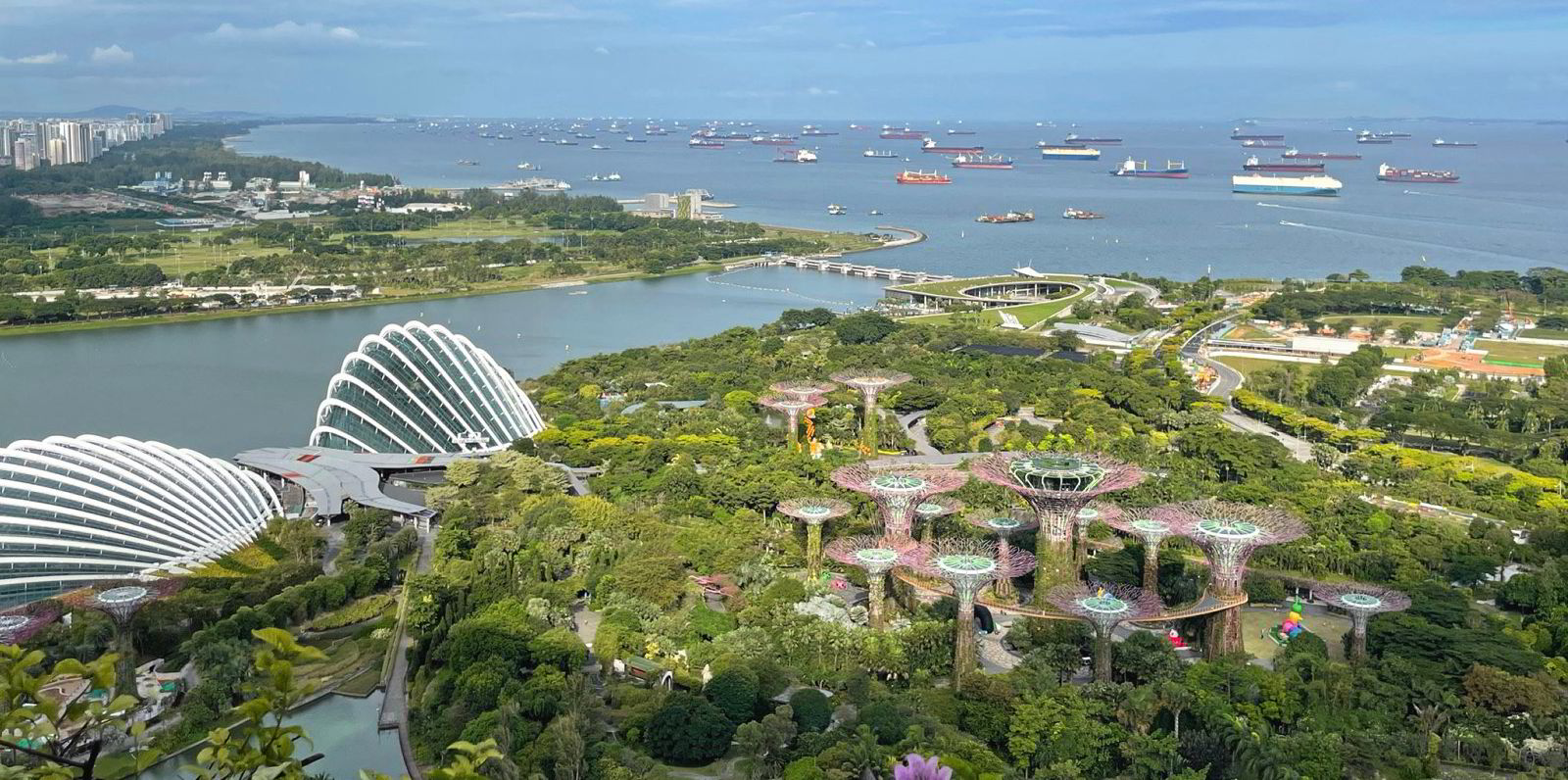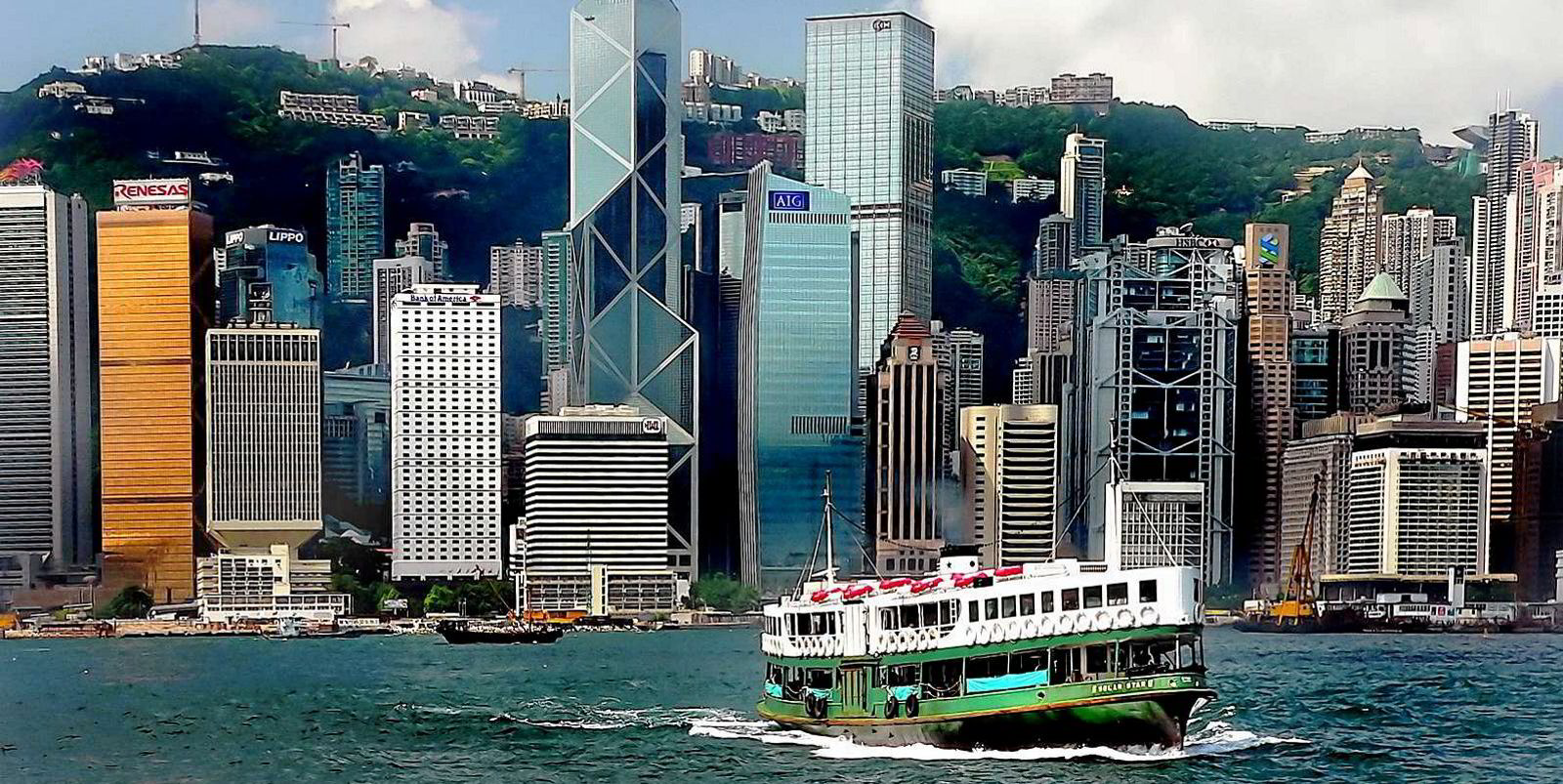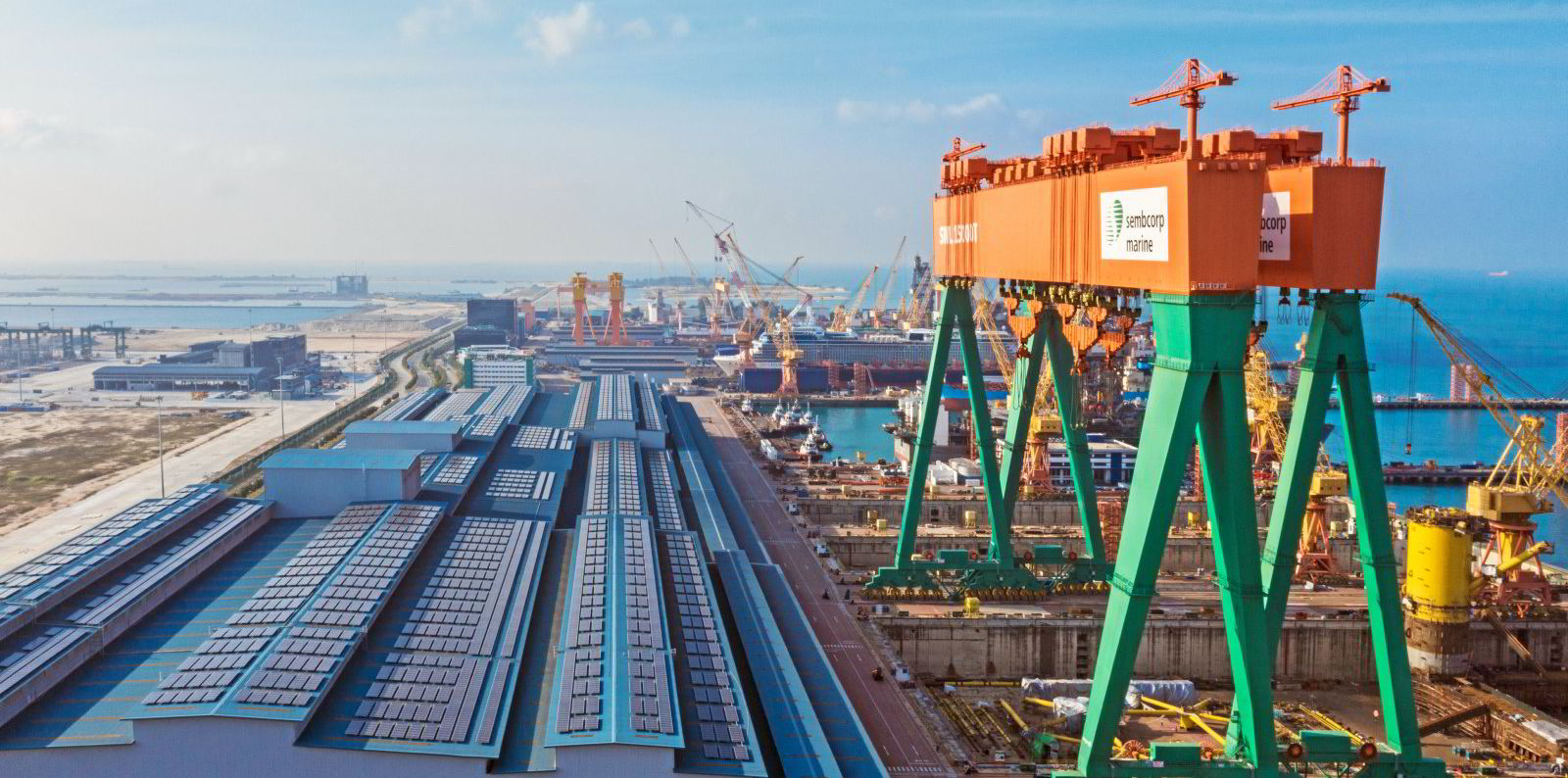Asian shipowners have finally surpassed their European rivals to control the largest share of the global fleet.
A report released by Clarksons Platou in March revealed that Asia controlled 43% of global tonnage, or 48,472 vessels of 637m gt, at the end of 2021 compared with 42% held by European owners, who control a fleet of 30,610 ships of 630m gt.
The fact that Asia has stolen the shipping limelight came as no surprise.
“For a long time, shipping market observers predicted that Asian owners would soon control the largest share of the global fleet, just as shipbuilding and trade had moved East,” said Clarksons Platou, which noted that Asian owners have grown their market share against the continent’s growing share of global trade, which has driven significant newbuild investment in many countries.
For a long time, shipping market observers predicted that Asian owners would soon control the largest share of the global fleet, just as shipbuilding and trade had moved East
Clarksons Platou
Chinese owners have been the main growth drivers of Asian shipping, doubling their fleet in the past decade to 226m gt to hold a 15% global share — mainly through firm newbuild ordering.
In contrast, Japanese shipowners have grown more conservatively, with the fleet up 16% to 177m gt to give them a 12% global share.
Elsewhere, Clarksons Platou noted that other Asian shipowning nations have also grown their fleets rapidly to a combined market share of 16%.
The shift in tonnage from Europe to Asia looks set to be “sustained for some time”, with just under half of the global orderbook — some 79m gt or 49% — due to be delivered to owners in the Asia-Pacific region, compared with the 53m gt, or 33%, for European owners.
Remarkably, growth levels for the Asian fleet during the pandemic period remained strong, despite the region’s nations enduring some of the toughest Covid-19 restrictions, with borders effectively shut for two years.
Even now, as Europe and the Americas have opened up to international travel, the borders of Asian shipping centres in China, Hong Kong and Japan remain tightly restricted with very limited access.
However, this lack of face-to-face contact with the outside world beyond Zoom meetings and phone calls has not stopped Asian shipping from powering ahead.
After overcoming the initial shock of the pandemic, which saw demand for containerised freight drop dramatically but then suddenly recover, Asia’s liner operators have enjoyed an unprecedented bull run, bringing in two years of record profits.
This has led to a rush by cash-rich Asian container lines ordering 236 newbuildings with combined total capacity of 1.81m teu.
The pace of orders has not slowed either.
The top-10 Asian liner players account for almost 72% of the total volume of newbuildings booked by the world’s leading 30 liner companies.
While Asia’s top liner companies were largely absent from the sale-and-purchase market, other operators in the region splashed out close to $3bn in the secondhand container ship market in 2021 alone.
However, not all sectors of Asian shipping have proven to be so resilient against the pandemic.
The once-booming cruise sector ground to a complete halt in March 2020 and, although the cruise industry has staged a revival elsewhere in the world, it has yet to make a comeback in Asia.
The ship-repair sector also took a beating during the pandemic period, with the major repair yards in Singapore and China badly affected by endless lockdowns, Covid-19 outbreaks and, in Singapore’s case, restrictions on sourcing foreign manpower.
This has resulted in lower work volumes, project delays and dry dockings taking much longer than normal.
However, although the ship-repair industry may be down, it is most certainly not out.
Singapore’s Sembcorp Marine continued to plough ahead with its pivot towards the renewables sector, and recently achieved a major milestone when it secured its first-ever wind turbine installation vessel newbuilding contract.
There is a growing feeling in Asia that the worst of the pandemic is now over. Singapore has become the first major Asian shipping centre to open up, allowing quarantine-free access to most vaccinated travellers.
In March, the city-state successfully held its first major shipping conference and exhibition — Asia Pacific Maritime — since the pandemic began. The event was well attended by an international audience.
It is only a matter of time before other Asian maritime cities follow suit.







